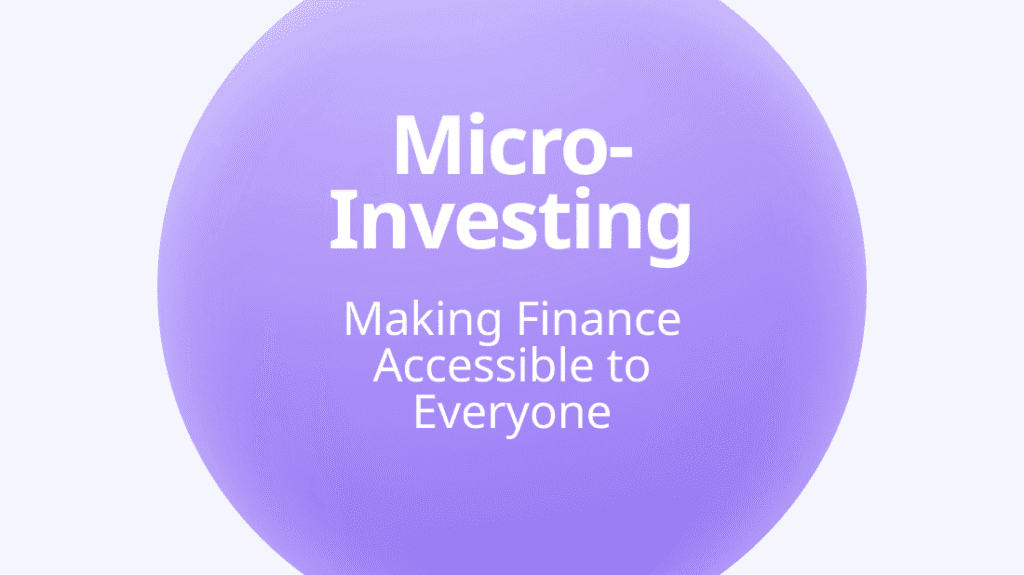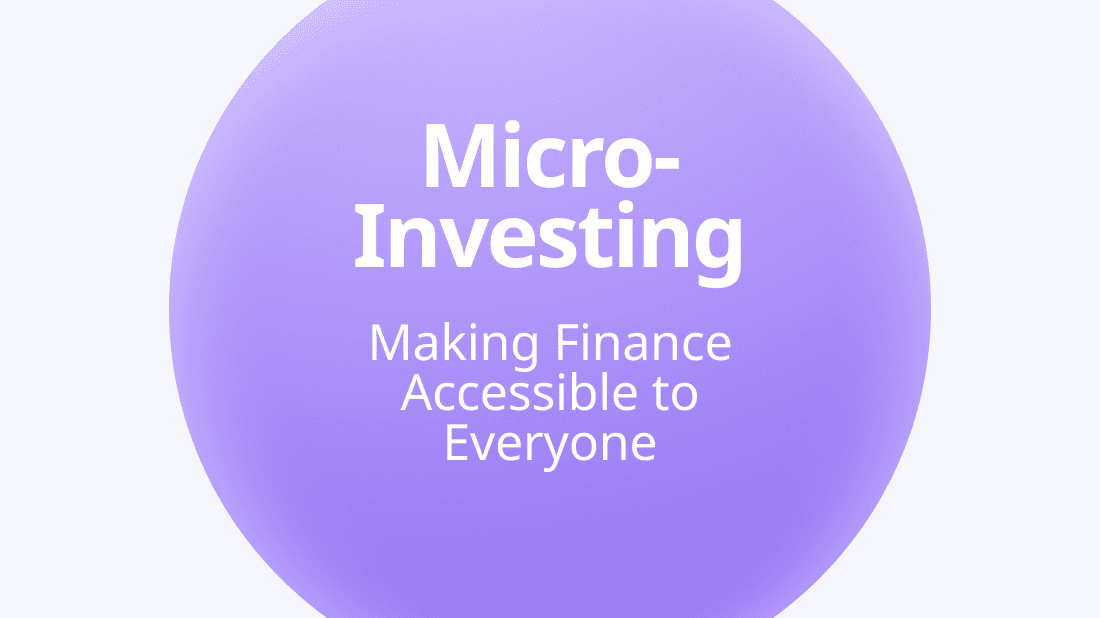A Small Investment with Big Potential?
In a world where blue-chip stocks like Amazon and Tesla trade at hundreds or even thousands of dollars per share, the idea of owning stocks for pennies seems almost magical. That’s where micro stock investing comes in – an approach that’s gaining serious traction among new investors, especially in emerging economies like Nigeria and India.
But is micro stock investing the smartest move in 2025? Or is it just another shiny trend with more hype than substance? In this article, we’ll break down the strategy behind investing in micro stocks, the difference between microcap and micro share models, and whether this low-barrier approach could yield high rewards.
What Are Micro Stocks?
The term micro stock is used in two different ways, often interchangeably. But they are not the same:
- Micro Cap Stocks:
These are publicly traded companies with a market capitalization between $50 million and $300 million. They are small, often overlooked firms with high growth potential but also high risk. Examples might include early-stage biotech, regional banks, or emerging tech startups. - Fractional Shares / Micro Investing:
This refers to the ability to buy a small piece of a share – say, $5 worth of Apple stock instead of the full $200+. Apps like Robinhood, Trove, Chaka, and Bamboo in Nigeria support this.
Micro investing is like slicing a big cake into small, affordable pieces. Microcap stocks are whole cakes — just small and maybe a little unstable.
Why Micro Investing Is Exploding in 2025
Micro investing is part of a broader movement toward financial inclusion, especially among young people who feel priced out of traditional investing.
Here’s why it’s trending:
- Low Entry Barrier: Start investing with as little as $1
- Access to Blue-Chip Stocks via Fractional Shares
- Mobile-First Platforms & Gamified UIs
- Appeals to the TikTok + Crypto Generation
- Growing Demand in Emerging Markets like Nigeria, India, and Brazil
Apps like Trove (Nigeria), Acorns (USA), and Stash are democratizing access to financial markets.
According to Google Trends, searches for “micro investing apps”, “micro stocks to buy”, and “how to invest with little money” have all seen a 400%+ increase over the last 2 years.
How Does Micro Stock Investing Work?
Let’s break it down using both meanings of “micro”:
1. Micro Cap Stock Investing
You can buy whole shares of very small companies, like sub-$5 per share, which is often listed on NASDAQ or over-the-counter (OTC) markets. These companies typically:
- Are in early or pre-growth stages
- Operate in niche sectors like green energy, biotech, or micro-lending
- Have limited analyst coverage (meaning you need to research HARD)
- Are volatile but can deliver 10x–50x returns if they “make it”
Example: A company like MicroAlgo Inc. (stock symbol MLGO) focuses on edge computing and AI but flies under the radar. If AI adoption explodes, these stocks could as well.
2. Micro Investing via Fractional Shares
Instead of buying a full share of Microsoft (MSFT) at $400+, you buy $10 worth through apps that allow fractional trading. You still earn returns (dividends, gains), just proportional to your stake.
Example Apps:
- Trove, Chaka, Rise (Nigeria)
- Robinhood, Acorns, Public, SoFi (USA)
Are Micro Stocks Worth It?
Let’s get to the big question. With so much hype, are micro stocks worth it or are they penny stock traps?
Benefit
| Benefit | Details |
| Affordability | Anyone can start investing, no matter your income level |
| Diversification | Spread ₦5,000 across 10 stocks instead of buying 1 expensive share |
| High Upside | Some microcaps have grown 1,000%+ in 12 months (especially in tech and biotech) |
| Learning by Doing | Low-cost entry lets beginners learn without risking much capital |
| Fractional Ownership of Big Players | Buy $5 worth of Tesla or Amazon and still enjoy gains |
Risks
| Risk | Details |
| Volatility | Microcap stocks can swing 30% in a day (or more) |
| Lack of Information | Many small companies don’t have analyst coverage or detailed reports |
| Liquidity Issues | Difficult to sell quickly without impacting price |
| Scams / Pump & Dumps | Many micro stocks get manipulated in low-regulation environments |
| Overconfidence | Easy entry often leads to careless investing (especially among youths) |
5 Smart Rules for Micro Stock Investing in 2025
To avoid rookie mistakes and maximize potential, follow these proven rules:
1. Think Portfolio, Not Jackpot
Don’t chase one magical stock to change your life. Instead, treat micro investing like assembling a football team – mix offense (growth stocks), defense (dividend payers), and wildcards.
2. Avoid “Pump-and-Dump” Traps
Be skeptical of Telegram groups, Twitter threads, or Reddit posts hyping a “next big stock” without fundamentals. If it sounds too good to be true, it usually is.
3. Stick to Regulated Platforms
Only use SEC-licensed or SEC-registered brokers in Nigeria (e.g., Chaka, Bamboo) or FINRA-compliant ones in the U.S. Unregulated platforms increase the risk of loss or fraud.
4. Set a Realistic Timeline
Micro stocks are not for flipping overnight. Expect to hold for 2–5 years. Focus on underlying business growth, not market hype.
5. Keep Emotions in Check
Don’t panic-sell during a dip or get euphoric during a spike. Stick to your strategy. Think like a business owner, not a gambler.
Who Should Consider Micro Stock Investing?
Micro investing isn’t for everyone, but it’s ideal if you:
Are under 35 and new to investing
Want to learn by starting small
Live in a country with currency devaluation (like Nigeria) and want global exposure
Are willing to do your homework
Prefer app-based investing, not brokers or banks
The Big Debate: Micro Cap vs. Fractional Shares
Which Is Better?
| Feature | Micro Cap Stocks | Fractional Shares |
| Risk | Higher | Lower |
| Return Potential | 10x+ (rare) | Slower but steady |
| Accessibility | Medium | High |
| Volatility | Very High | Moderate |
| Ideal For | Advanced investors | Beginners |
Use micro cap investing if you’re experienced and love hunting hidden gems. Use fractional shares if you’re building long-term wealth in bite-sized pieces.
What’s Next for Micro Investing in 2025?
In 2025, here’s what we expect:
- AI-powered investing assistants helping beginners choose smarter micro stocks
- Expansion of micro investing apps across Africa, Latin America, and Southeast Asia
- Deeper integration with crypto and stablecoins for funding accounts
- Better micro-cap analytics tools for research and decision-making
- More gamification, but also more investor education to balance risk
Final Verdict: Is It the Smartest Move in 2025?
Yes – but only if you play it smart.
Micro stock investing can be a game-changer if you treat it like a learning journey, not a lottery. Whether you’re in Lagos or Los Angeles, you can now own a piece of the world’s biggest and smallest companies, and start building generational wealth one micro share at a time.








